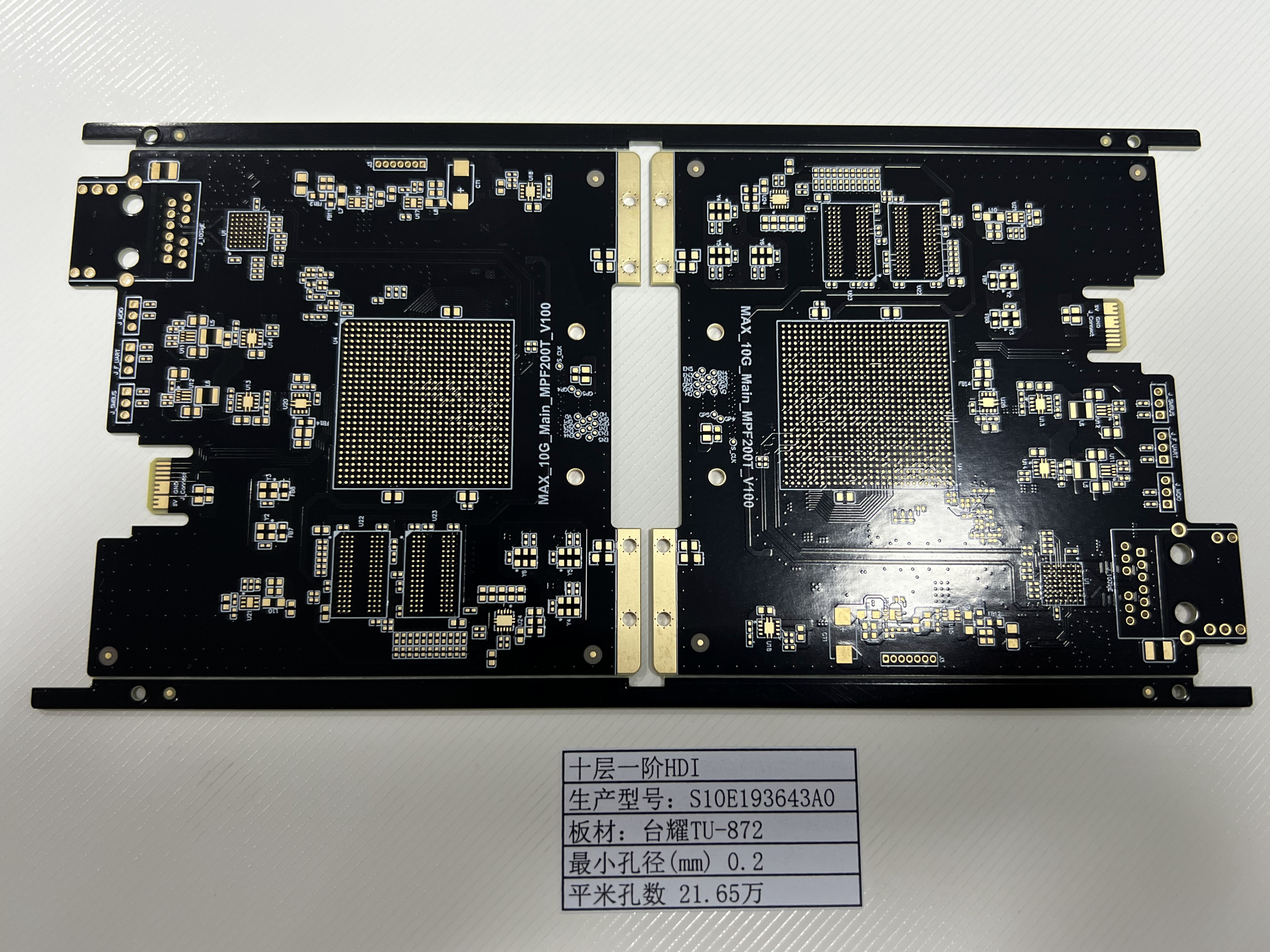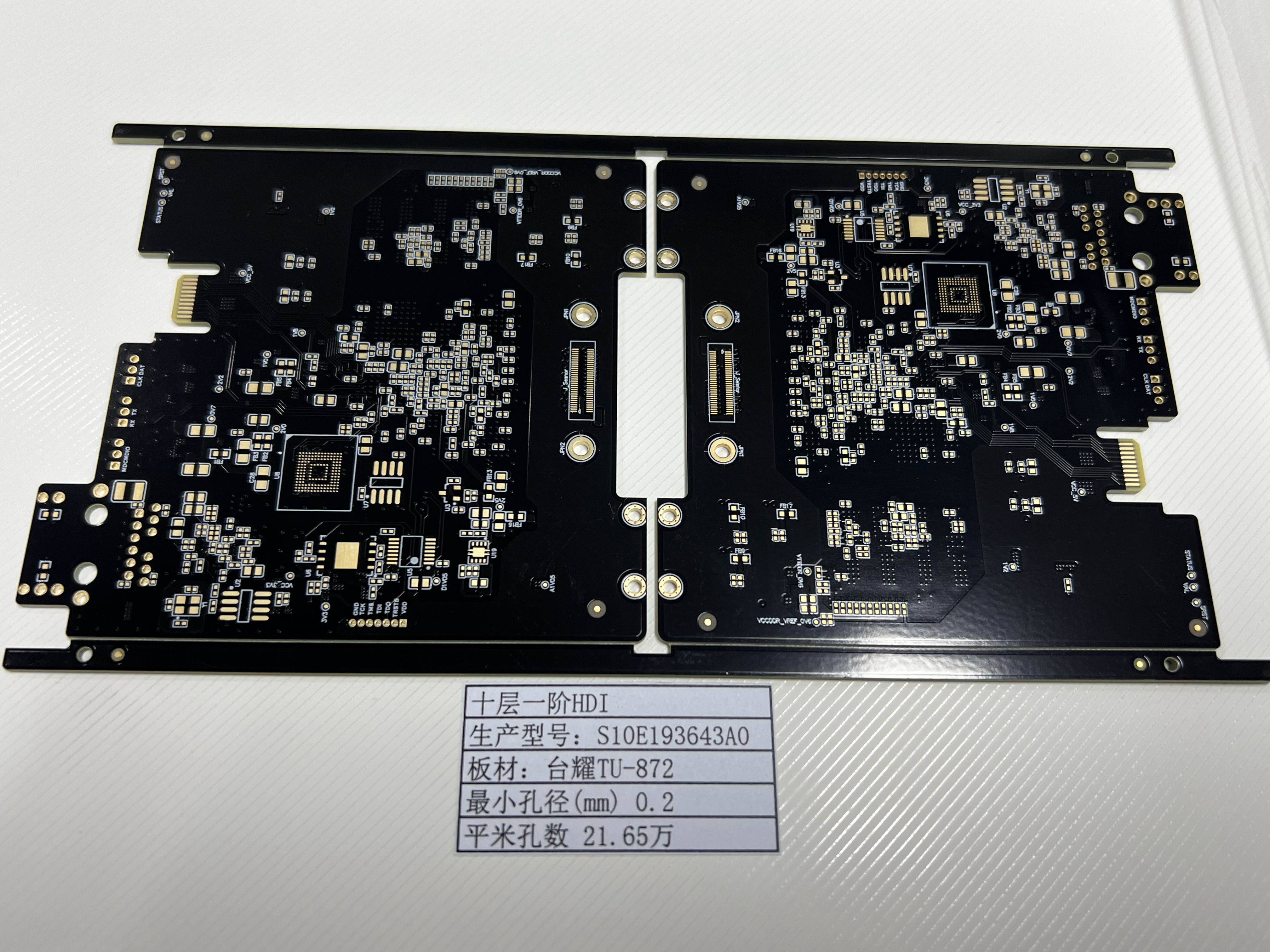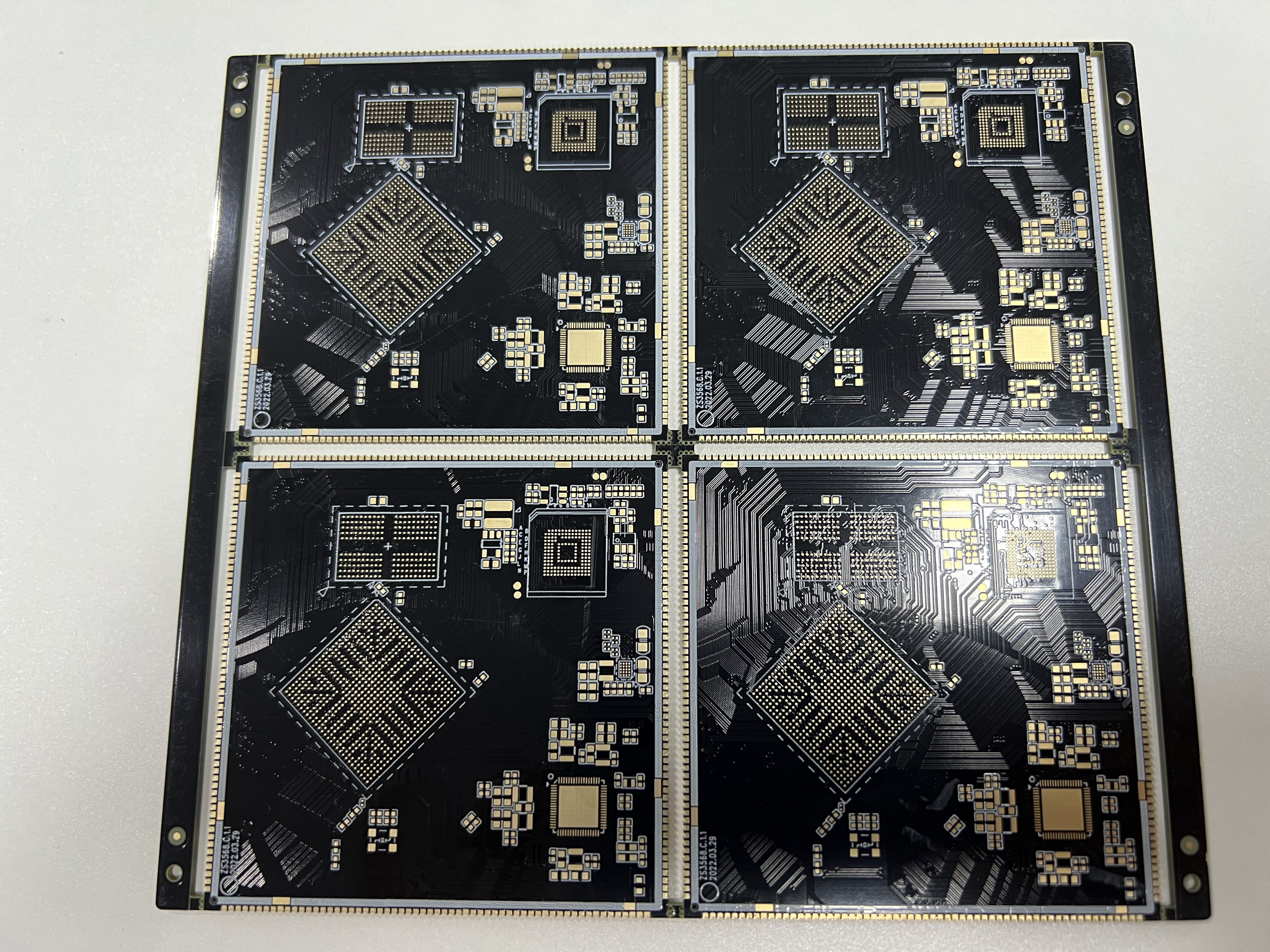Multilayer PCB Applications Across Industries

Multilayer PCB applications are essential in creating the technology you use every day. These special circuit boards are small and very reliable, making them crucial for today’s gadgets. The world market reflects their value, growing from $71 billion in 2023 to $116.1 billion by 2032. This rapid growth highlights the significance of multilayer PCBs in advancing new technology. LT CIRCUIT manufactures these advanced boards with care and high quality to meet your specific needs.
Key Takeaways
Multilayer PCBs are important for today's technology. They help devices in healthcare, cars, planes, phones, and gadgets.
These PCBs make devices work better by adding more circuits in tiny spaces. This boosts reliability and efficiency for important uses.
The need for multilayer PCBs is rising fast. New technology and smaller, stronger solutions are driving this growth in many industries.
Multilayer PCB Applications in Healthcare

Multilayer PCBs are very important in healthcare. They help create advanced medical tools. Their small size, strong build, and ability to handle complex circuits make them key for modern medical use.
Medical Devices
Multilayer PCBs are the core of many medical tools today. They help make small, powerful devices that improve patient care. For example, devices like insulin pumps and defibrillators depend on these PCBs to work accurately. Their strength ensures they work well even in tough conditions.
📊 Benefits of Multilayer PCBs in Medical Devices:
Benefit
Description
Fits more parts in less space for better performance.
Improved Durability
Stronger and lasts longer, perfect for medical tools.
Efficient Thermal Management
Helps control heat, avoiding damage and extending device life.
Portable medical tools like blood sugar monitors and heart rate trackers need multilayer PCBs. These tools rely on accurate and dependable PCBs to gather and process data correctly.
Diagnostic Equipment
Multilayer PCBs are crucial for machines like X-rays, MRIs, and ultrasounds. These machines need complex circuits to collect data and process signals. Multilayer PCBs improve imaging accuracy, helping doctors make better choices.
📊 Applications of Multilayer PCBs in Diagnostic Equipment:
Application
Benefit
Collects and sends data with little noise.
CT scanners
Processes signals reliably for better results.
Ultrasound devices
Improves imaging for accurate diagnoses.
The need for better diagnostic tools is increasing. Multilayer PCBs help manage heat and ensure these machines last longer.
Wearable Health Technology
Wearable health gadgets are changing healthcare. Multilayer PCBs are key to this change. Devices like fitness bands and smartwatches use tiny PCBs to do many tasks in small designs. Flexible PCBs make these devices more comfortable to wear daily.
Wearable medical tools, like glucose monitors and portable ECGs, show how important multilayer PCBs are. These tools need reliable PCBs to handle data and give real-time updates. Multilayer PCBs help make these devices work smoothly.
✅ Note: The demand for wearable and portable medical tools is growing fast. This shows how vital multilayer PCBs are for improving healthcare technology.
Multilayer PCBs in Automotive Technology

Multilayer PCBs are key parts of modern car systems. They help cars work better, stay reliable, and add new features. As cars get smarter, the need for these PCBs grows, pushing new ideas in car technology.
Advanced Driver Assistance Systems (ADAS)
ADAS depends on multilayer PCBs to work properly. These systems include lane-keeping, collision alerts, and cruise control. They need fast circuits to process data quickly. Multilayer PCBs fit these circuits into small spaces, making them efficient.
These PCBs are strong and prevent solder problems. This keeps ADAS working well in different conditions. Their durability improves car safety. As cars become more advanced, multilayer PCBs will be even more important.
Why Multilayer PCBs Matter in ADAS:
Small size fits fast circuits easily.
Reliable design avoids system breakdowns.
Helps process safety data in real time.
Electric Vehicles (EVs)
Electric cars are changing the auto world, and multilayer PCBs are vital. They manage systems like batteries, chargers, and power inverters. These PCBs handle many circuits in tight spaces, making them perfect for EVs.
Multilayer PCBs help lower car weight, boosting energy use and driving range. As more people buy EVs, better PCBs will be needed, leading to new designs and ideas.
Why EVs Need Multilayer PCBs:
Fit many circuits into small areas.
Help make cars lighter for better energy use.
Reliable for handling EV systems.
Year | Market Size (US$) | Growth (%) |
|---|---|---|
2032 | 6.1 |
Infotainment Systems
Modern cars have cool infotainment systems like touchscreens and navigation. Multilayer PCBs make these systems work well. They handle many tasks at once, keeping everything smooth.
These PCBs reduce signal problems, improving sound and video quality. Their small size lets car makers add these systems without taking up space.
Uses of Multilayer PCBs in Infotainment:
Process data quickly for better performance.
Reduce signal issues for clearer sound and video.
Fit into cars without wasting space.
As infotainment systems get more advanced, multilayer PCBs become even more important. They support new features while staying reliable, making them a must-have for modern cars.
Aerospace and Defense Applications of Multilayer PCBs
Multilayer PCBs are vital for aerospace and defense technology. Their small size, strength, and ability to handle complex circuits make them essential. They are used in systems like avionics and military communication tools. These PCBs work reliably even in extreme conditions.
Avionics Systems
Avionics systems depend on multilayer PCBs to work well. These systems include navigation, communication, and flight controls. Multilayer PCBs allow advanced circuits to fit into small spaces. Their design supports high circuit density for better performance.
Multilayer PCBs meet strict safety rules for aerospace use.
They work well under heat and strong vibrations.
They prevent signal problems, ensuring accurate data transfer.
Autopilot and radar systems need precise and reliable PCBs. Multilayer PCBs provide the accuracy these systems require.
Satellite Technology
Satellites face tough conditions, so they need multilayer PCBs. These PCBs manage circuits for data, communication, and power. Their strong build handles extreme heat and radiation in space.
Multilayer PCBs combine many circuits into one board.
They last a long time, even in harsh environments.
Satellites for GPS, weather, and communication rely on these PCBs. Without them, satellites couldn’t perform their advanced tasks.
Military Communication Devices
Military communication tools need secure and dependable PCBs. Multilayer PCBs make these devices portable and tough. They work well in rough conditions and critical situations.
Multilayer PCBs support encrypted communication systems.
They handle high-frequency signals without interference.
Radios, jammers, and tactical systems depend on these PCBs. Their ability to combine many functions makes them perfect for military use.
🛡️ Note: Aerospace and defense need reliable technology. Multilayer PCBs meet these high standards, making them essential for these industries.
Telecommunications and Multilayer PCB Applications
Telecommunications depend a lot on multilayer PCBs for new technology. These PCBs help make small designs, work well, and stay reliable. From 5G networks to phones, multilayer PCBs connect the world.
5G Infrastructure
The move to 5G is a big step in telecom. Multilayer PCBs are key for 5G base stations and devices. They allow faster data and better network performance. Their small size fits more circuits into tiny spaces, which is needed for 5G.
Multilayer PCBs are very important for 5G systems. As people want faster networks, these PCBs help devices talk to each other. They handle high-frequency signals and stop interference, making 5G work smoothly.
Network Equipment
Devices like routers and switches need multilayer PCBs to work well. These PCBs manage complex circuits that handle lots of data. They are strong and keep working even with heavy use.
Multilayer PCBs also help control heat in network devices. They spread heat out, stopping damage and making devices last longer. This is important for keeping communication running at home and work.
Mobile Devices
Phones and tablets are small and light thanks to multilayer PCBs. These PCBs stack circuits, letting devices do more without getting bigger.
As people want better phones, multilayer PCBs keep improving. With 5G, these PCBs now allow faster speeds and more data. They make devices work better, showing how important they are in electronics.
The multilayer PCB market is growing as technology changes. From helping 5G to improving mobile devices, these PCBs lead in new ideas.
Consumer Electronics and Multilayer PCBs
Multilayer PCBs are crucial for modern electronics. They help make devices smaller, faster, and more advanced. These PCBs are used in gadgets like phones, laptops, gaming systems, and smart home tools. They improve how devices work and make them more reliable.
Smartphones and Tablets
Phones and tablets depend on multilayer PCBs for slim designs and strong performance. These PCBs stack circuits, letting devices do more without getting bigger. HDI technology boosts signal speed, helping devices process data quickly and stay connected.
Demand for electronics is growing fast. Multilayer PCBs now support smaller designs and faster speeds. This makes them essential for today’s devices.
📊 Industry Analysis:
Category
Details
Market Growth
Demand for consumer electronics drives multilayer PCB market growth.
Key Applications
Phones, tablets, and wearables are major users of these PCBs.
Technology Focus
HDI technology, mini designs, and faster signals are key advancements.
Market Segmentation
Covers device types and PCB features for better performance.
Demand Drivers
Complex devices and faster data needs increase PCB demand.
Laptops and Gaming Consoles
Multilayer PCBs are vital for laptops and gaming systems. They fit many parts into small spaces, helping devices handle tough tasks like gaming and multitasking. These PCBs reduce signal issues and improve how devices work.
Consumer electronics are growing in popularity. Multilayer PCBs help devices perform better by saving space and boosting efficiency. As gadgets advance, these PCBs keep improving designs and features.
📊 Usage Statistics:
Evidence Type
Description
Market Share
More laptops and gaming systems mean higher PCB usage.
Performance Boost
Multilayer PCBs handle dense circuits in small spaces.
Smart Home Devices
Smart home gadgets like thermostats and cameras rely on multilayer PCBs. These PCBs make devices small and light while staying strong and dependable. Their layered design improves electrical functions, helping devices do complex tasks well.
Smarter homes need better PCBs. Multilayer PCBs allow fast data and smooth operation in connected systems. They are key to making smart home devices work efficiently and reliably.
Multilayer PCBs are key to improving technology in many fields. Their small size and dependability help run complex systems in healthcare, cars, and more. LT CIRCUIT makes high-quality PCBs to keep you ahead in new ideas.
📊 Why Industries Need Multilayer PCBs:
Reason
Explanation
Advanced gadgets need small, powerful PCBs for better performance.
Rise in Automotive Electronics
Electric cars and smart systems need strong, complex PCBs.
IoT Growth
Smart devices need PCBs that handle many tasks at once.
Expanding Telecommunications
5G networks need fast, high-frequency PCBs for smooth data.
Healthcare Tools
Medical devices need safe, high-quality PCBs for accurate results.
Aerospace and Defense Needs
Tough PCBs are vital for extreme conditions in these industries.
New Technology
Better PCB designs allow more advanced circuits and features.
As industries grow, multilayer PCBs will keep pushing new technology forward, shaping tomorrow’s world.
FAQ
Why are multilayer PCBs better than single-layer ones?
Multilayer PCBs fit more circuits in less space. They work faster and handle tough tasks well. This makes them great for modern technology.
Can multilayer PCBs be made for specific industries?
Yes, multilayer PCBs can be designed for different industries. LT CIRCUIT creates custom PCBs for healthcare, cars, planes, and more.
How do multilayer PCBs make devices more reliable?
Multilayer PCBs control heat and stop signal problems. This helps devices work better and last longer, even in hard conditions.
See Also
Understanding Multilayer PCBs and Their Role in Electronics
Comprehensive Guide to Heavy Copper Multilayer PCB Production
Investigating Ceramic PCB Uses Across Various Industries
